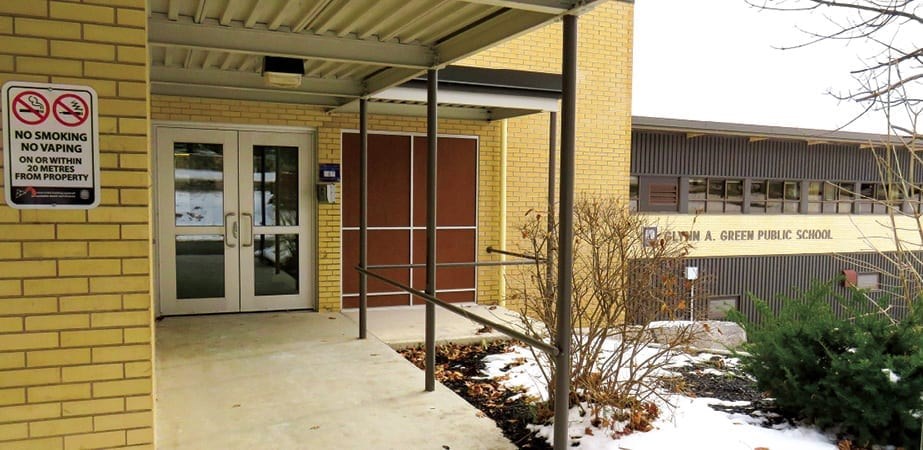Are you curious how Pelham’s elementary schools compare to other institutions in the province? The Fraser Institute has graded schools across Ontario in terms of their academic performance and the report cards are in.
The Fraser Institute released its annual rankings of Ontario’s elementary schools on March 5. The institute ranked 2,975 public, Catholic, and independent schools based on results of standard testing from the Education Quality and Accountability Office, a Crown agency of the government of Ontario. The tests measured students in Grades 3 and 6 in reading, writing and math.
In Pelham, St. Ann Catholic Elementary School ranked 1 out of 2,975 schools and scored a perfect 10; Glynn A. Green Public school ranked 76 and scored a 9.1; A.K. Wigg Public School was ranked 163 and given a score of 8.6; Wellington Heights Public School scored 7.6 and was ranked 532; and St. Alexander Catholic Elementary School was ranked 746 out of 2,975 schools and scored a 7.2.
“Our report cards offer parents information they can’t easily get anywhere else about how their child’s school performs and how it compares to other schools in Ontario,” Peter Cowley, a Fraser Institute senior fellow, said in a news release.
But representatives from the District School Board of Niagara (DSBN) and the Niagara Catholic District School Board said the Fraser Institute’s rankings have no impact on either board.
Marian Reimer Friesen, Superintendent of Curriculum and Student Achievement for the DSBN, said the ranking system implemented by the Fraser Institute uses a methodology that is flawed, relying solely on EQAO scores from the previous year.
“It does not offer a complete or accurate picture of the school,” she told PelhamToday. “The Fraser Institute’s own website states that “the choice of a school should not be made solely on the basis of a single source of information.”
The DSBN uses multiple data sources to determine students’ strengths and next steps for improvement. Friesen said data gathered by teachers is more valuable because they can see a child’s learning progress over time.
“EQAO is one source of data for grades 3, 6, 9 and 10, however, this data represents a snapshot of achievement in literacy and numeracy at a moment in time,” said Friesen.
Communication Officer Jennifer Pellegrini echoed similar comments on behalf of the Niagara Catholic District School Board. She said that standardized testing can be a valuable assessment tool for school principals and school board administrators to determine an overall picture of how students are doing but it’s only a snapshot of how a particular student or cohort did in a moment in time, not over the course of a school year.
“There are many other assessment tools teachers use in a classroom that may not be considered by the Fraser Institute, including a student’s progress over the year or their involvement in classroom activities.”
Pellegrini said Niagara Catholic focuses on “evidence-based” tools and resources to assess student success. Students are monitored and the board will implement early intervention programs to support ones who show gaps in learning, particularly primary students in math and language.
“We regularly update student learning plans to ensure we are focusing on areas of need,” Pellegrini said.
Pellegrini asserted that the Catholic school board ranks in the top 10 English-language school boards of Ontario for graduation rates and relies on these “quantifiable benchmarks” to ensure student success.
Updated to include schools inadvertently missing from the initial story, and to clarify that Jennifer Pellegrini speaks on behalf of the Catholic school board, not the DSBN.
